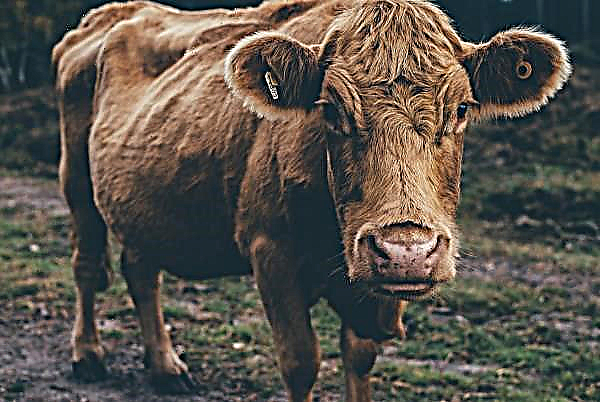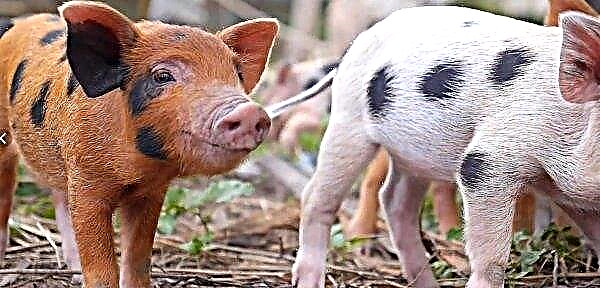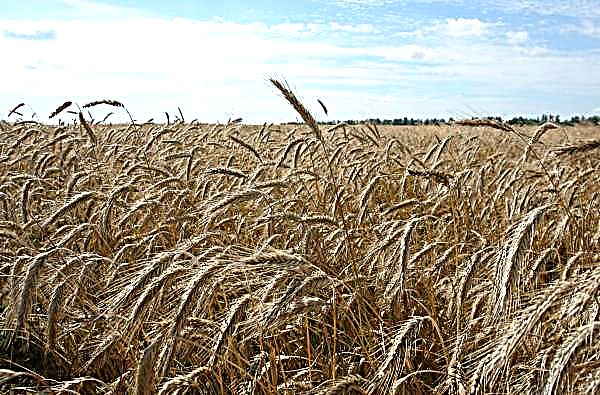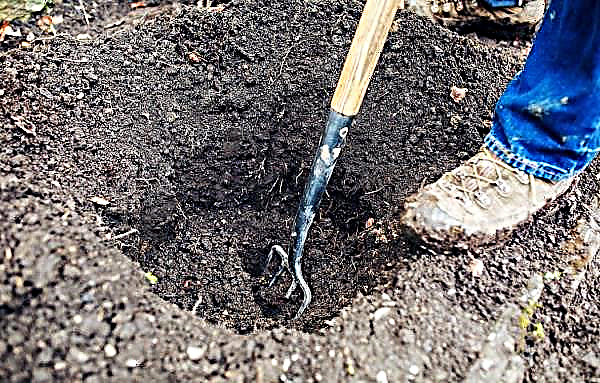The birthplace of this beloved spring flower is central Asia - Iran, Turkey, Afghanistan. In Russia, in the wild, tulips can be found in the spring in the steppes of Kalmykia.

Tulips first came to Europe in the 16th century as a gift from the Turkish ambassador, and the name of this flower comes from the headdress “turban”. Very quickly, “tulip fever” swept through European countries, the bulbs of these flowers became the most valuable in the Netherlands. One onion of a rare variety could cost more than a city house with all its contents.
Universal tulip mania caused a fantastic breakthrough in the selection of these flowers in Holland. Residents of this country are now leaders in the selection, cultivation and sale of both cut flowers and tulip bulbs.
In Amsterdam, a two-week colorful tulip festival is held annually, attracting a huge number of tourists. Currently, there are more than 3 thousand different varieties of tulips in the world, and new varieties appear every year.
Tulips belong to the family of lily flowers and are related to hyacinths, onions, garlic, lilies and asparagus. Tulip bulbs are edible; during the Second World War they saved the lives of people from hunger.
Most gardeners grow tulips in their plots to enjoy these beautiful flowers in spring. Flower shops provide a wide variety of planting material for all tastes.

Here are some tips for buyers:
- It is advisable to buy tulip bulbs in specialized stores, and it is best between July and August, until they get damaged during transportation and shifting from place to place.
- The bulbs should be completely covered with light golden scales, the dark bulb may be rotten or overexposed in the ground.
- If the bulb seems too light - put it aside, it is spoiled.
- The bottom of the bulb should be dry, without roots.
- Do not buy bulbs with traces of damage, mold or disease.
- Large bulbs will bloom in the very first year after planting.
Tulips are planted closer to the end of October, after the first frost has passed, if only the earth was soft. If you do this early, they will grow in the fall, and the young shoots will freeze. These flowers must be planted in areas with sufficient illumination, with a lack of sunlight, tulips will not bloom.

After flowering, the bulbs are dug up and stored for storage until the next fall planting. Dig them up when the leaves turn yellow and the stem becomes soft. For better bulb ripening, faded flower heads are immediately removed, leaving at least two leaves. Ideally, it would be nice to dig up tulips every year, but with good care, the bulbs can be in the ground for up to five seasons.
Tulip bulbs become a tidbit for mice and bear cubs. Many gardeners plant flowers in special perforated containers to protect them from pests.
Tulips are unusually decorative, they are able to give the spring garden a truly royal look. Multi-colored combinations of tulips look especially advantageous on the flowerbed.












